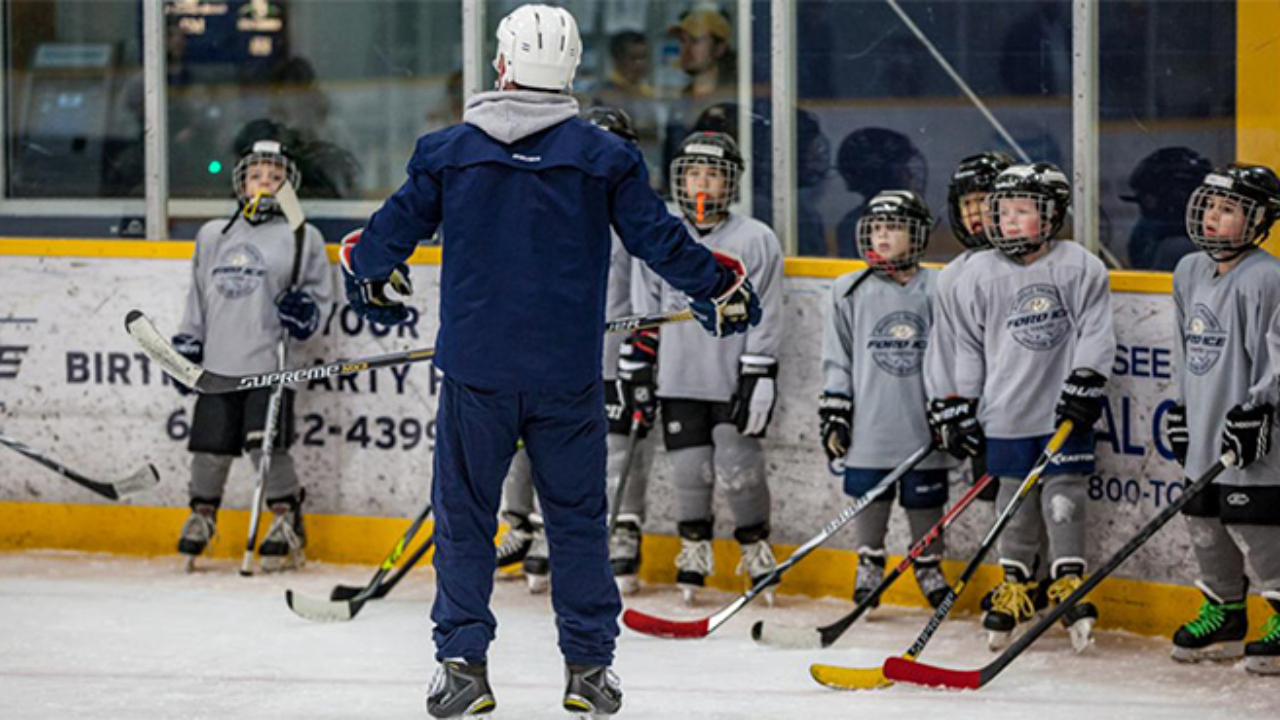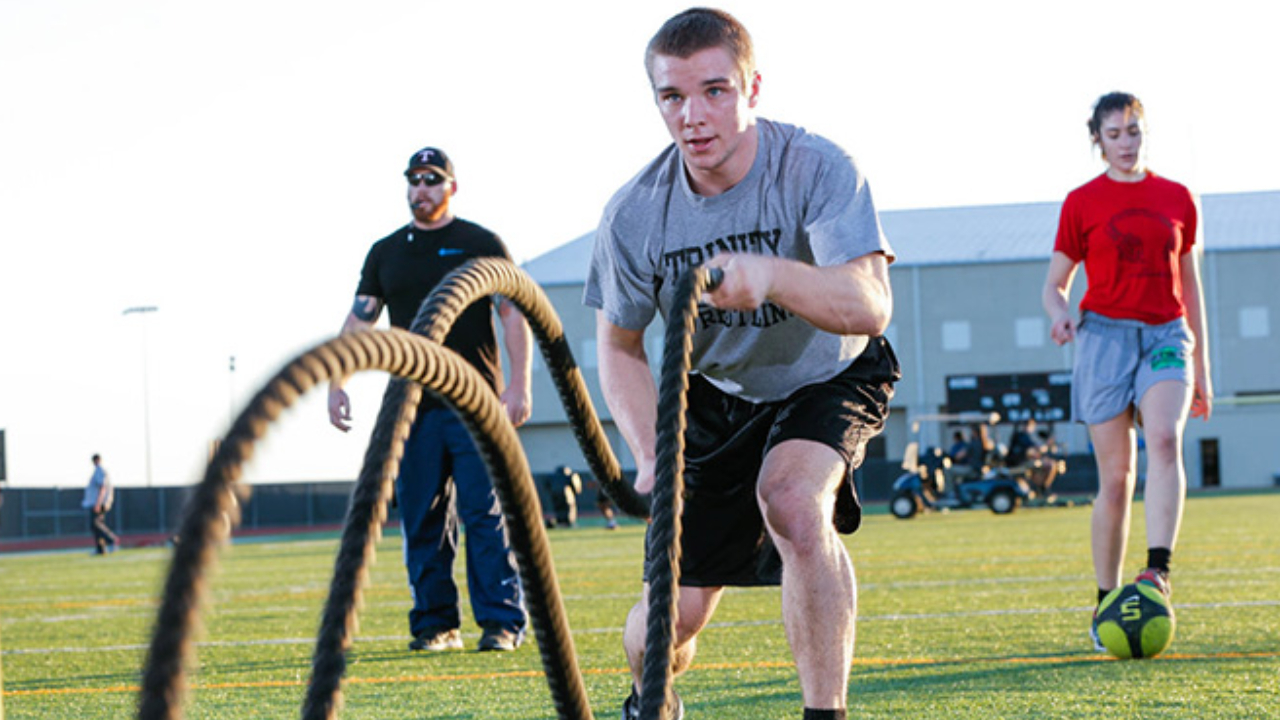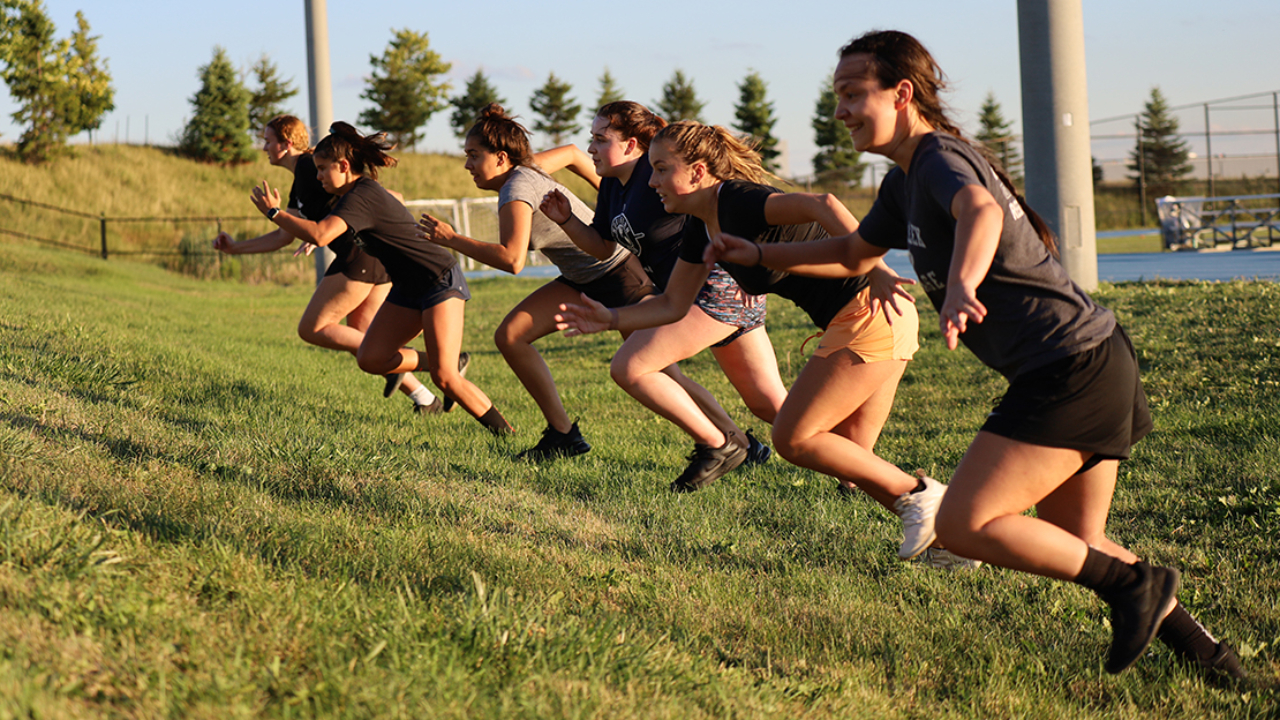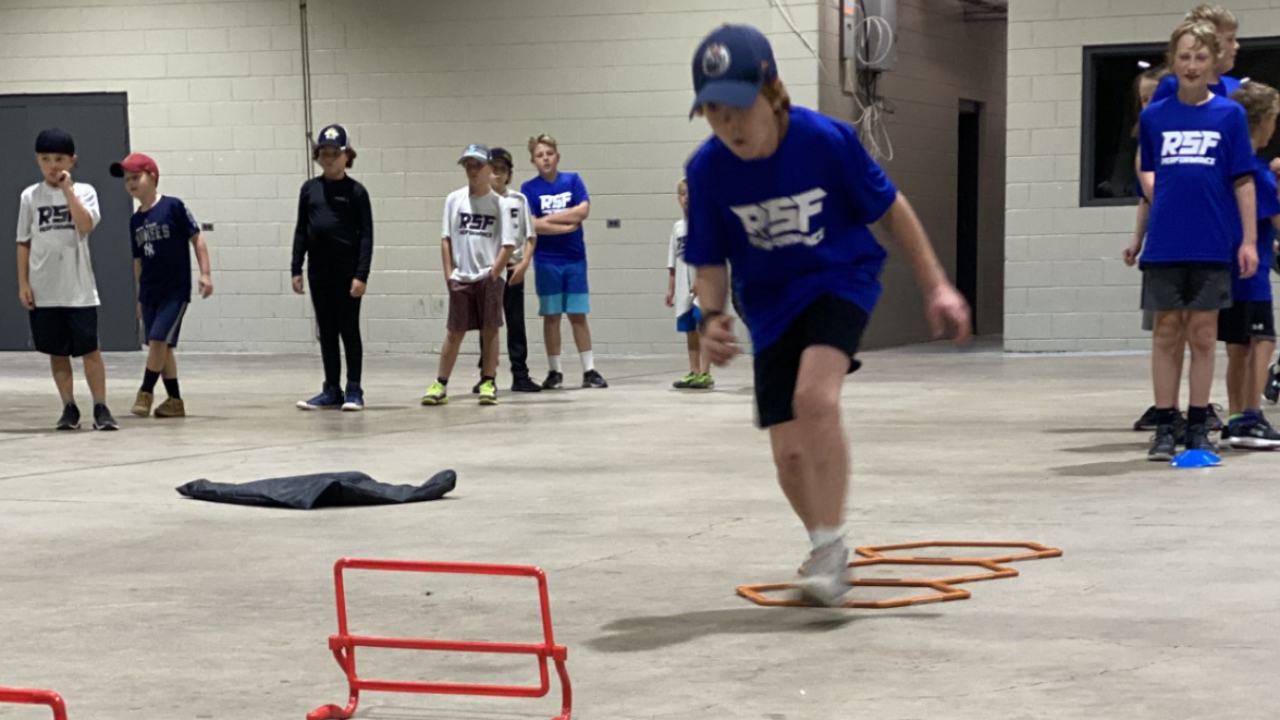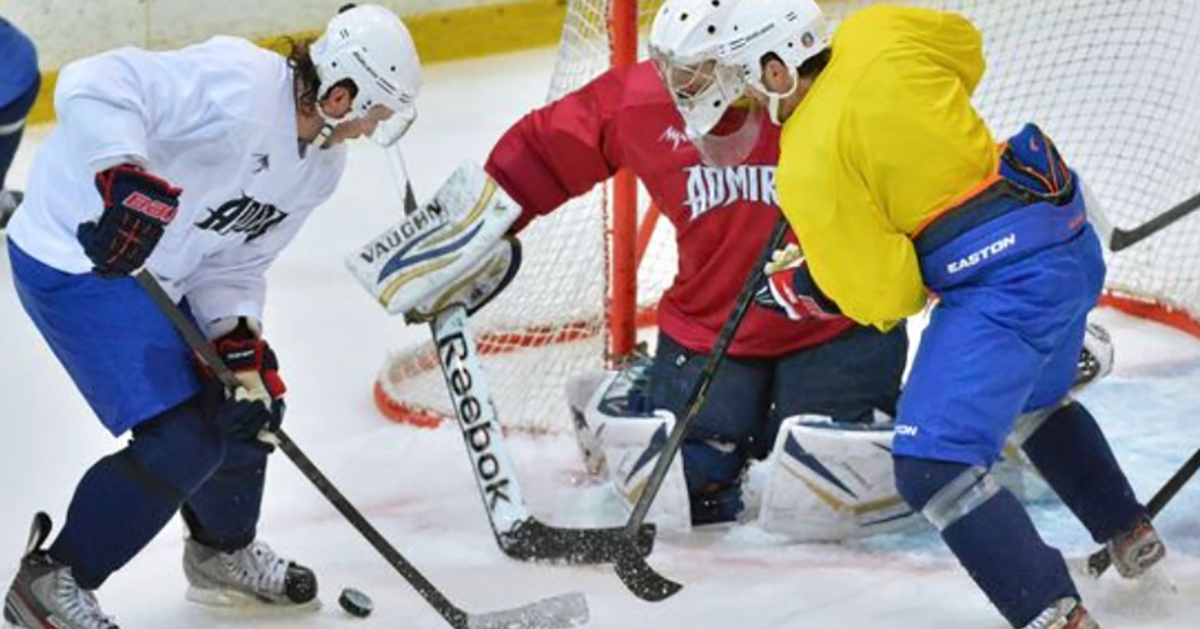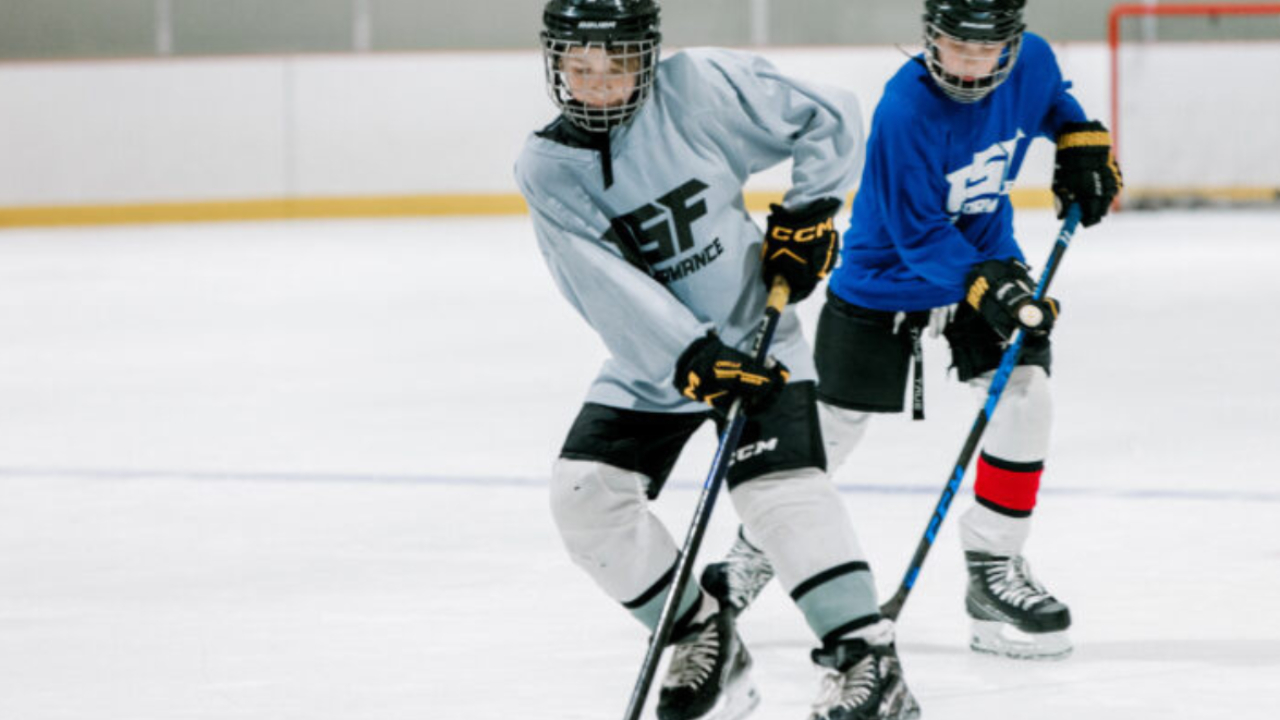
Tapering is a strategy for athletes who are looking to maximize their performance before an important competition or game. By reducing training volume while maintaining intensity, athletes can significantly reduce fatigue levels and see a temporary boost in their athletic performance.
By tapering for 1-3 weeks before a big game or event, you can reduce enough fatigue that will support a higher amount of power and speed to an extent than you normally wouldn’t be able to perform.
Tapering can potentially cause, performance improvement, strength, speed, improve agility, decrease mood disturbance, improve the quality of sleep, replacement of muscle glycogen, and much more
Understanding the Basics of Tapering
Tapering is a strategic decrease in the volume and intensity of training as playoffs or an important game approaches, designed to mitigate accumulated fatigue without compromising the athlete's hard-earned fitness level. This method hinges on the balance between recovery and maintaining the peak condition developed through rigorous training periods. By fine-tuning the workload, athletes aim to hit an optimal state of readiness, where the body is fully recuperated and primed for maximum performance. Essential to a successful taper is the concept of selectively reducing training by cutting down on the length and frequency of practices and training while sustaining a level of intensity that keeps the body in a state of readiness. This approach ensures that the athlete remains sharp, both physically and mentally. Tapering is not about halting training but rather about smartly scaling it back to achieve the best possible outcome on the day that counts the most.
The Science Behind Tapering and Performance
The physiological rationale for tapering hinges on its ability to diminish fatigue more rapidly. This reduction enables athletes to maintain their peak physical condition while significantly decreasing the level of exhaustion. When volume decreases but the intensity remains, it sparks an environment where the body can focus on recovery without sacrificing performance capabilities. This balance ensures that muscle strength, endurance, and aerobic capacities are not only preserved but also primed for optimal output during competition. Research supports that tapering can increase muscle glycogen stores, enhance neuromuscular function, and improve metabolic efficiency. These changes can give an athlete a competitive edge, contributing to observable improvements in speed, strength, and agility. Furthermore, this reduction in training load allows for the replenishment of mental and physical reserves, setting the stage for peak performance when it truly counts.
Common Tapering Strategies and How to Implement Them
To effectively implement tapering, athletes and coaches can adopt several approaches, each tailored to the individual's specific needs and the demands of hockey. A popular method involves progressively reducing the volume of training while maintaining or even slightly increasing intensity. This can be achieved by shortening the duration of each workout session, reducing the number of sessions per week, or a combination of both. It's essential to keep the quality of training high, focusing on maintaining skill, speed, and power development during this period.
Another strategy is the step taper, where the reduction in training volume happens in distinct steps rather than gradually. Athletes might cut their training load by a set percentage each week leading up to the competition.
The Impact of Tapering on Performance Metrics
Tapering holds the potential to significantly enhance an athlete's performance, including increased power output and speed, as well as heightened agility. This strategy enables competitors to reach levels of fitness and execution that might remain untapped under continuous intense training. A key benefit of effective tapering is the substantial reduction in fatigue, which not only primes the body for peak physical achievement but also contributes to mental and emotional readiness. Athletes may notice improved responsiveness and quicker recovery times, elements crucial for competitive advantage.




